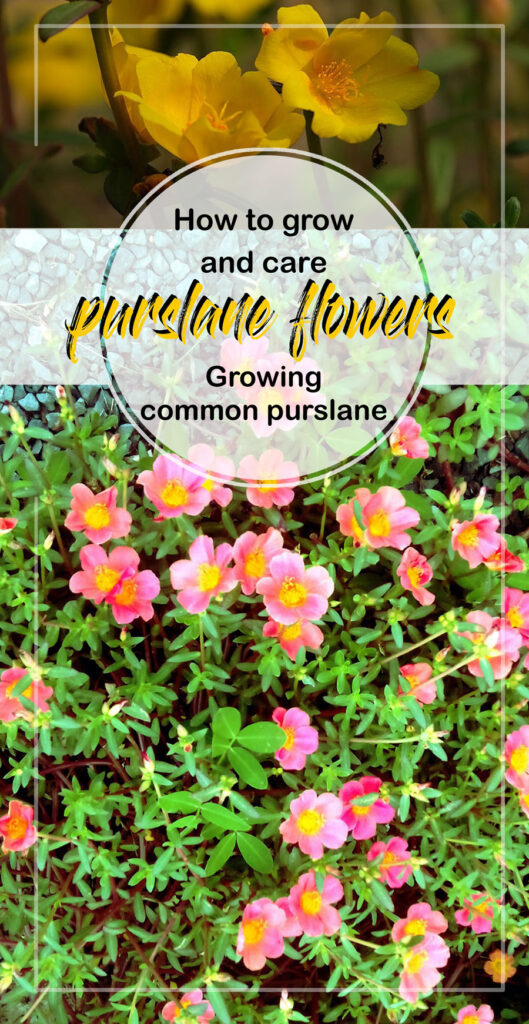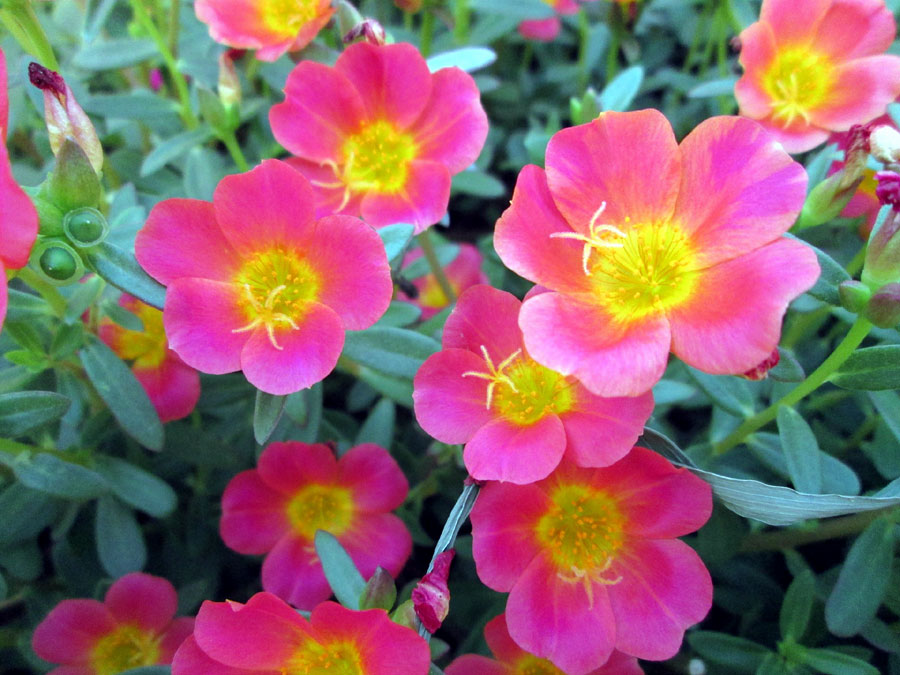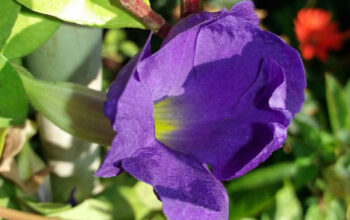Purslane flowers (Portulacaceae)
Purslane (Portulacaceae) are attractive flowering plants with lush leaves, they are easy to grow due to their low maintenance and flexibility. These plants thrive well in summer and full sunlight. The purslane flower plant requires good drainage, over-watering can rot its roots.
These plants are drought-tolerant, so give these plants moderate water. A notable aspect of pursley is its drought-tolerant ability to store water in its juicy leaves. They make a great ground cover and perform well all summer long. To plant pursley, choose a place with sufficient sunlight and good drainage. here are some tips on how to grow and care :
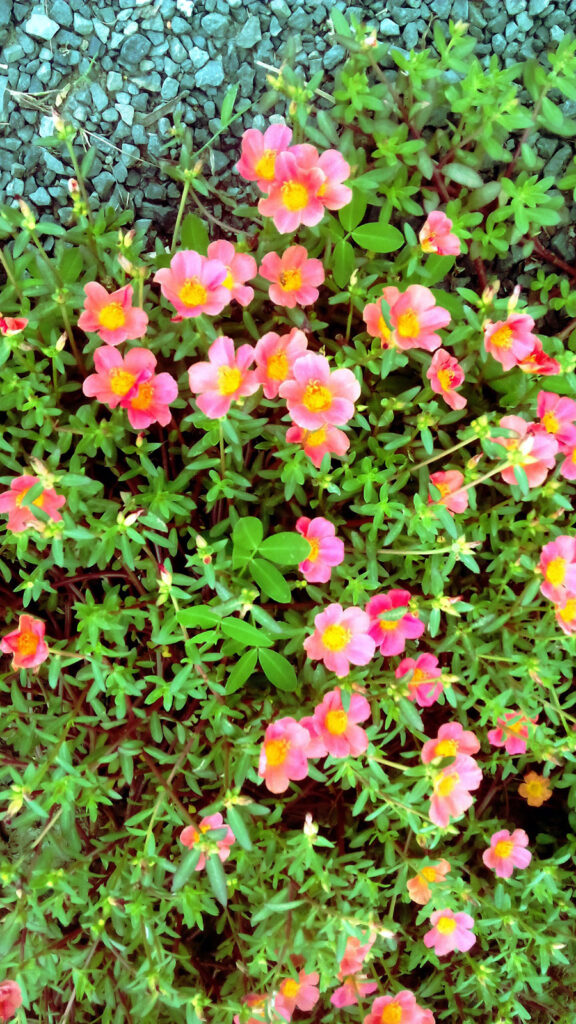
Overview Purslane flowers :
Scientific name (Portulaca oleracea)
Common name little hogweed, pursley
Plant type Flower, Annual, Perennial
Sun required Full Sun
Soil Rich soil
Soil pH 5- 5.7
Flower color Red, pink, yellow, orange, or white.
Bloom time Spring, Summer, Fall
Zone 2-11
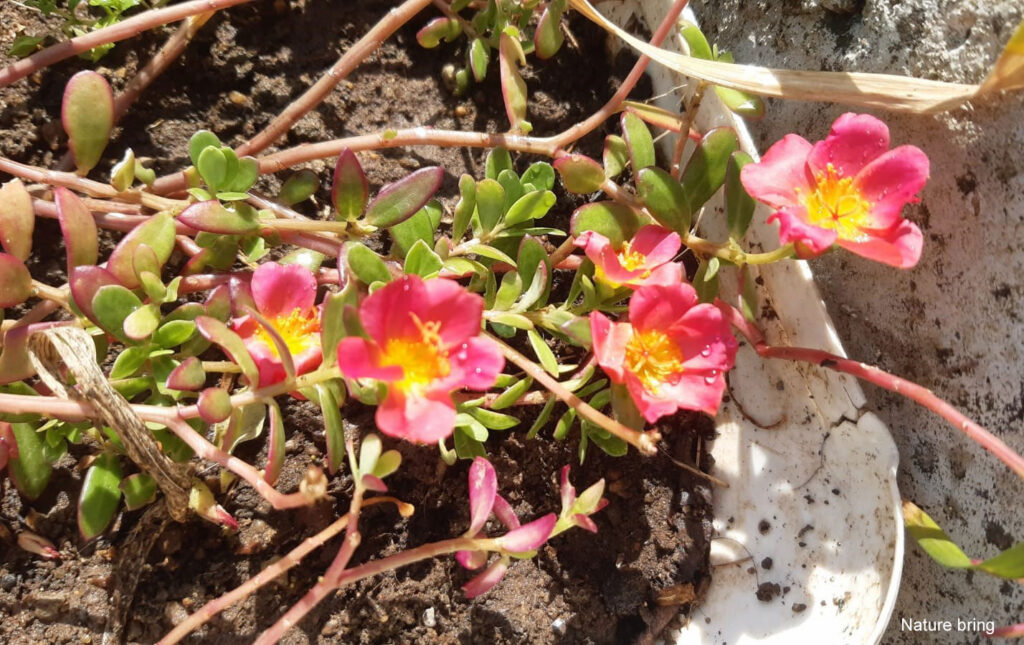
Growing Purslane:
Choose the right location:
Purslane thrives in full sun and well-drained soil. To plant it, choose a place where there is sunlight for at least 6 hours a day.
Planting:
You can grow purslane from seeds or cuttings. plant the seeds or cuttings in the field after the last frost.
Spacing:
Space the plants about 6-12 inches apart to allow for proper growth.
Caring for Purslane:
Watering:
The plant is drought-tolerant but does best with regular watering. Check the soil and if it seems dry, water the plants.
Fertilizing:
little hogweed (pursley) does not typically require much fertilization. If your soil is poor, you can add a balanced fertilizer once or twice during the growing season.
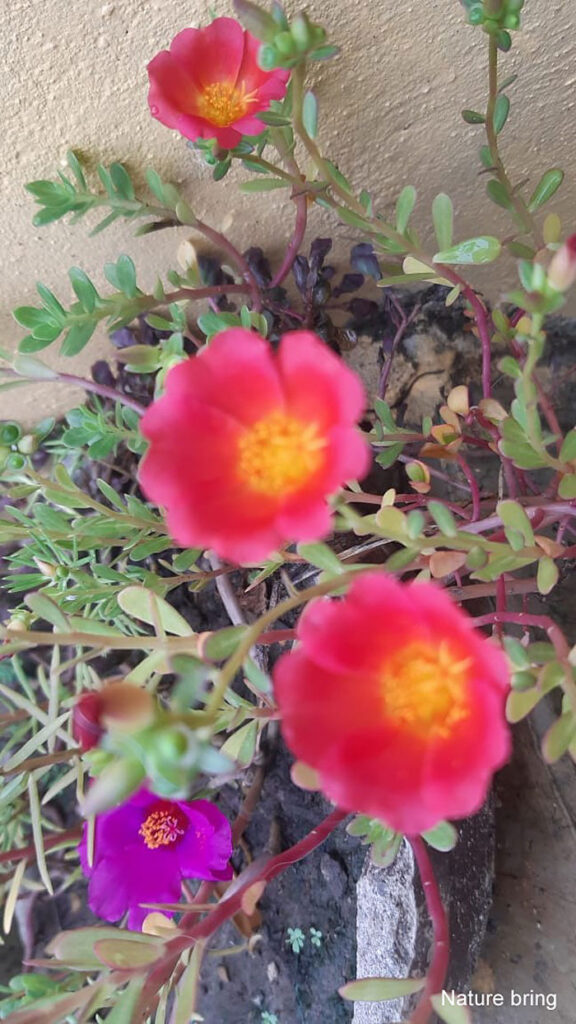
Weeding:
Keep the area around your plants free from weeds to prevent competition for nutrients.
Harvesting:
You can start harvesting leaves when the plant is about 2 inches tall. Snip off the leaves as needed, and the plant will continue to produce more.
Pest and Disease :
Purslane plants are relatively resistant to pests and diseases. However, you may encounter issues like aphids or snails. Use biological pest control methods whenever required. Use biological pest control methods whenever needed.
Remember, Purslane is considered a weed in some areas, so check with your local agricultural extension office to ensure it is safe and legal to grow in your region.
Read also:
How to Grow and Care Bleeding Hearts Plant. Anthurium Plants Growing in Pots. Primrose Flowers Growing from Seeds. Growing and caring about Crossandra flowers. Best flowers for Bees and Butterfly garden. Lily plant (Lilium) growing in containers.
For pin:
